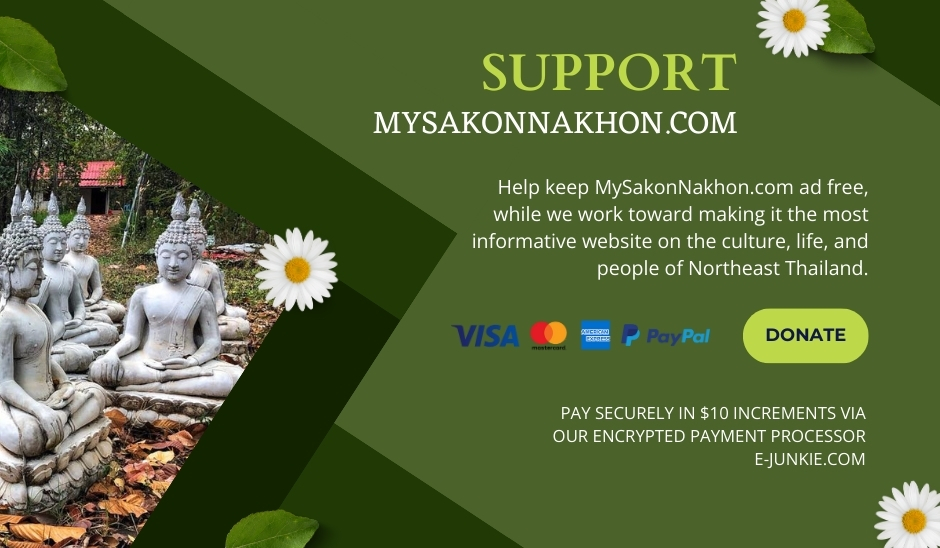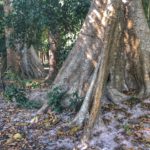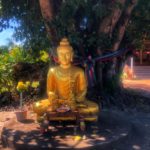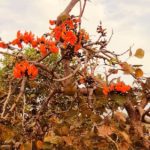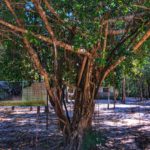
Sakon Nakhon Rubber Trees
- Thai Nature
- Thai Trees
-
Jan 14
- Share post

Sakon Nakhon province is filled with small rubber tree plantations, many of which were planted within the last 20 years. During the early 2000s rubber prices were high and the trees seem to offer a better cash return than rice fields. Unfortunately, in recent years rubber prices have plummeted and rubber trees are no longer providing the profit that they once did. However, the Sakon Nakhon rubber tree farmers continue to persevere, hoping that prices will increase again in the future.
You can easily identify rubber trees in Sakon Nakhon by looking for the sap buckets that are attached to the trees. The rubber tree sap contains latex, which is used for the manufacturing of rubber. Trees are not harvested all year round, but occasionally need to be given a rest period for a couple of months. The cool season is often a rest period for rubber plantations in other parts of Thailand. However, in Sakon Nakhon, January is a time when you will see the buckets filled with sap, which flows down from small incisions made on the bark.
Although Thailand is the global leader in producing natural latex rubber, the rubber tree is not native to Thailand. It was introduced in 1899 by a Chinese entrepreneur. The first rubber tree that was planted still exists and is a tourist attraction in Trang province. Trang is located in Southern Thailand, which became the first area of the country to grow large rubber plantations. However, the Northeast of Thailand (Isaan) now produces a great amount of latex sap, but from smaller plantations.
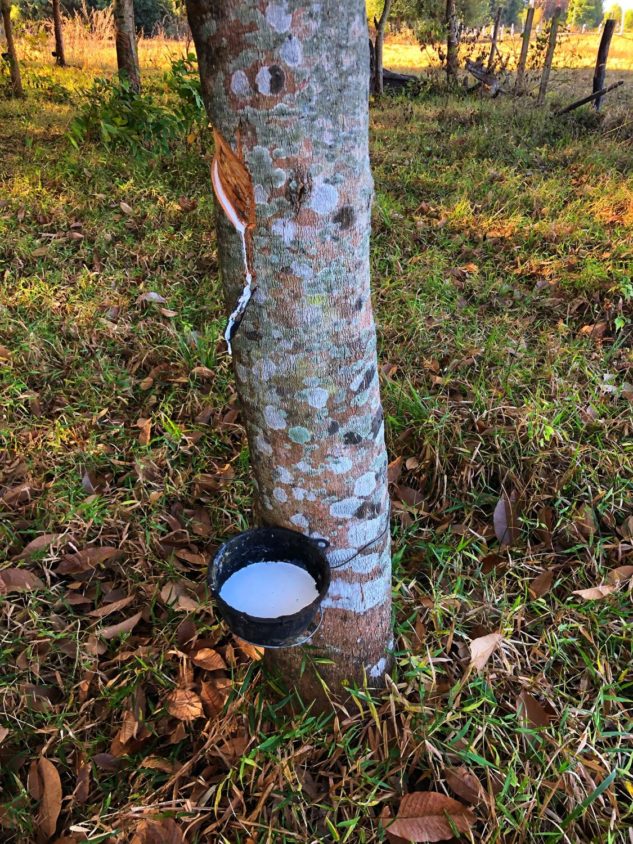
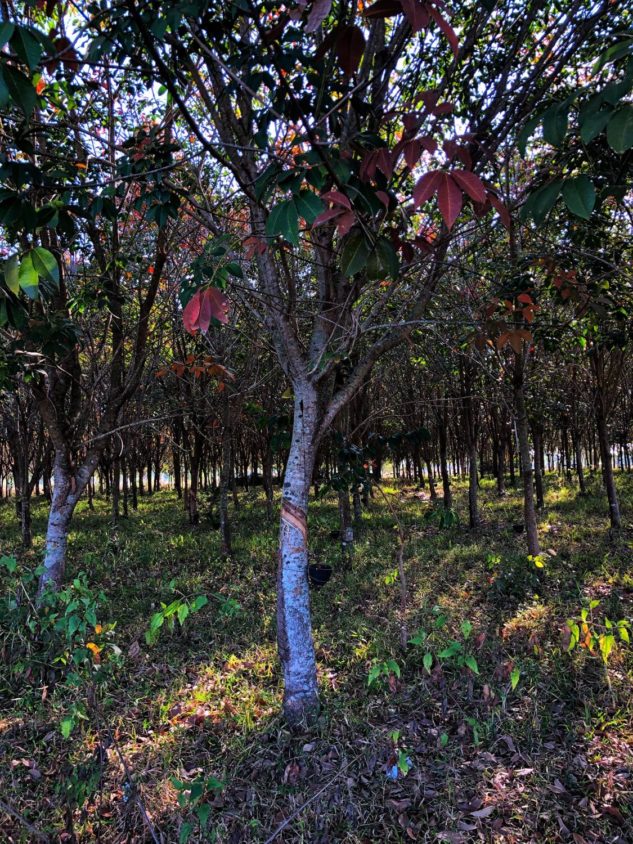
- Thai Inhalers: Boost Your Memory & Recall with “Ya Dom” - May 18, 2024
- Phra Khun Paen: Thai Love Spells & Amulets - May 17, 2024
- Visakha Bucha Day in Thailand (2024) - May 16, 2024
